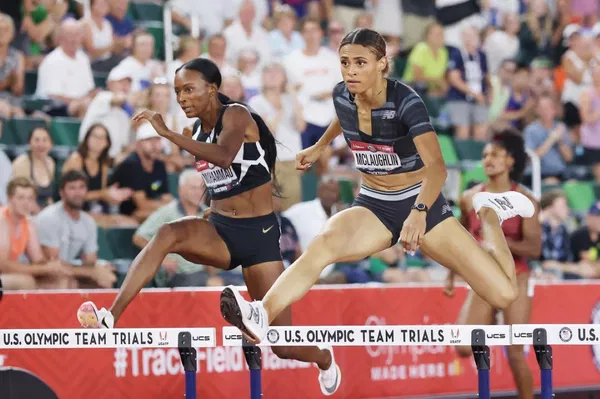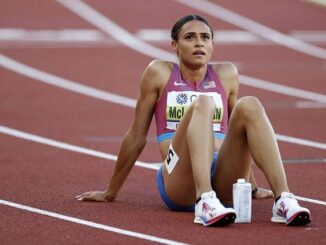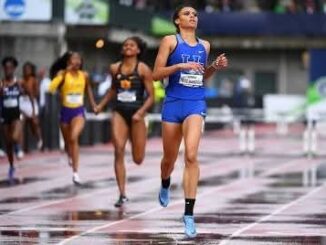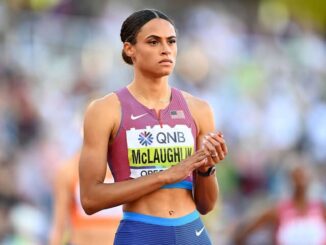
In 2016, during the U.S. Olympic Trials, a 16-year-old Sydney McLaughlin-Levrone made history by setting a U18 world record in the women’s 400m hurdles. This moment marked the beginning of her rise to stardom. Few athletes achieve an Olympic berth at such a young age, but Sydney did becoming the youngest American track and field athlete to qualify while still in high school. However, the question remained: was she ready for the pressure?
Despite her immense talent, the teenage McLaughlin-Levrone struggled under the weight of the moment. Reflecting on her performance, she admitted, “Honestly, I robbed myself of an opportunity.” Her raw ability got her to Rio, but she managed only a semifinal finish with a time of 56.22 seconds just short of making the final. While it was a disappointing outcome, it also served as a reality check. She realized she wasn’t mentally or physically prepared to compete at that level just yet.
Fast forward to March 2025, at the Upfront Summit, where six-time world record holder McLaughlin-Levrone reflected on that Olympic experience in a conversation with Michael Johnson. She made a surprising confession: “I honestly think I wasn’t prepared for that moment, and I don’t think I would have been ready to make that final.” Even more unexpectedly, she admitted, “There was a part of me even going into the semifinal that didn’t want to make the final.” The pressure of competing on such a grand stage at just 16 years old felt overwhelming, and deep down, she was relieved when her Olympic journey ended in the semis.
But what if she had made the final? Could she have reached the podium? Her past performances suggested it wasn’t impossible. She had already proven her potential in major junior competitions. In 2014, she clocked 55.63 seconds at the USA Junior Championships, securing second place. That same year, she won gold at the New Balance Nationals with a time of 56.89. The following year, she improved significantly, winning gold at the USA World Youth Trials (55.28) and the IAAF World Youth Championships (55.94). By 2016, she had broken the 55-second barrier, clocking 54.54 at the USATF Junior Championships and then 54.14 at the U.S. Olympic Trials to punch her ticket to Rio.
Given her rapid progression, a strong mindset could have propelled her to an even faster time in Rio. Perhaps, with greater mental preparation, she might have lowered her time further and truly contended for a spot in the final or even a medal.




Be the first to comment